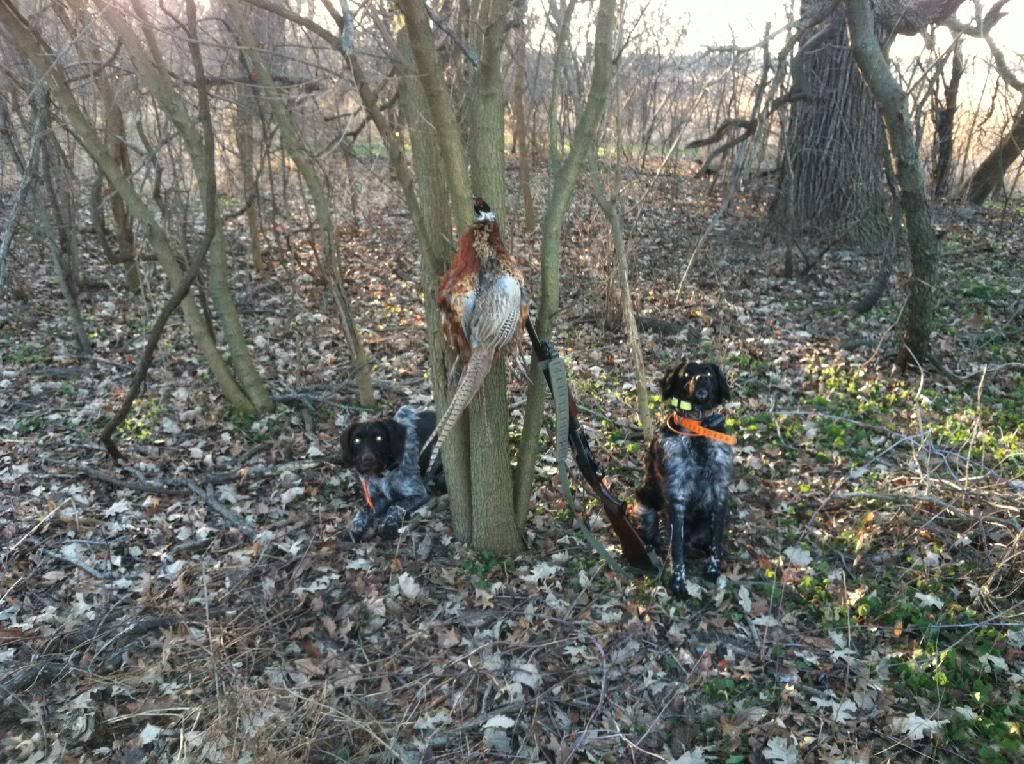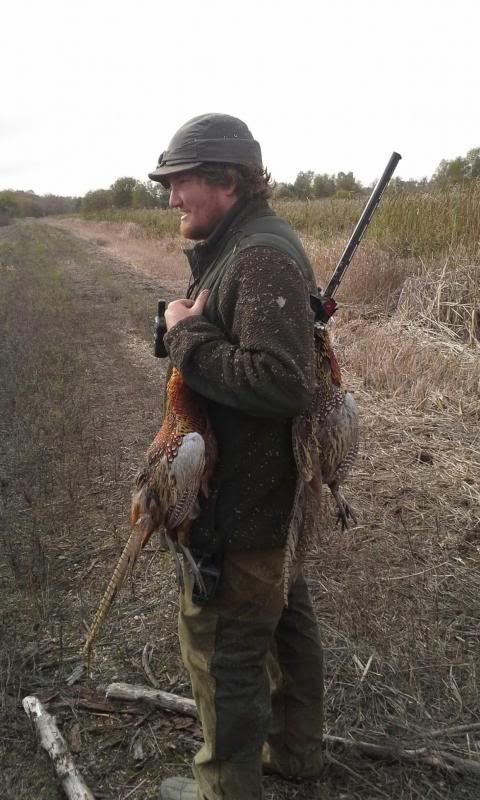Wild pheasants are alive and well in the Boothheel of Missouri, the state stocked that area with F1 Korean ringneck pheasants (P. c. karpowi) 40 years ago, the brood stock of these pen raised pheasants were only one generation removed from the authentic wild fields. See link below:
http://www.jstor.org/discover/10.23...2&uid=70&uid=4&uid=3739256&sid=21102809849673
Those Korean ringneck are basically identical to any wild ringneck.
If wild pheasants can survive in that area they should survive in south Illinois and southeast Kansas.
Macfarlane pheasant farm and Wisconsin Dept. of Ag. imported authentic wild eggs from the wild fields, the Manchurian pheasant (P. c.pallasi) from China. See link:
http://www.pheasant.com/about-us/success-stories/pure-manchurians-from-china
The Strauchi or Sichuan story below:
http://ww2.dnr.state.mi.us/publicat...abitat/Reports/WLD-library/3200-3299/3271.pdf
Michigan, Oregon, North Dakota and Pa. all released the Strauchi or Sichuan pheasant and they naturally crossed the the regular ringneck pheasants in the area to produce an alert and wary thin ringed rooster (hens look alike) in the areas. The Strauchi pheasants will do the same thing naturally in China when the range of the two subspecies meet.
New Mexico, Texas, Oklahoma and Missouri years ago brought in the White-Winged pheasant (P. c. Bianchi) wild alert and wary of predators 40 years ago. This pheasant crossed with the regular ringneck (hens look alike) to produce a wild and alert ringneck in the areas. see photo:
http://www.pbase.com/silverbowff/image/38925285




